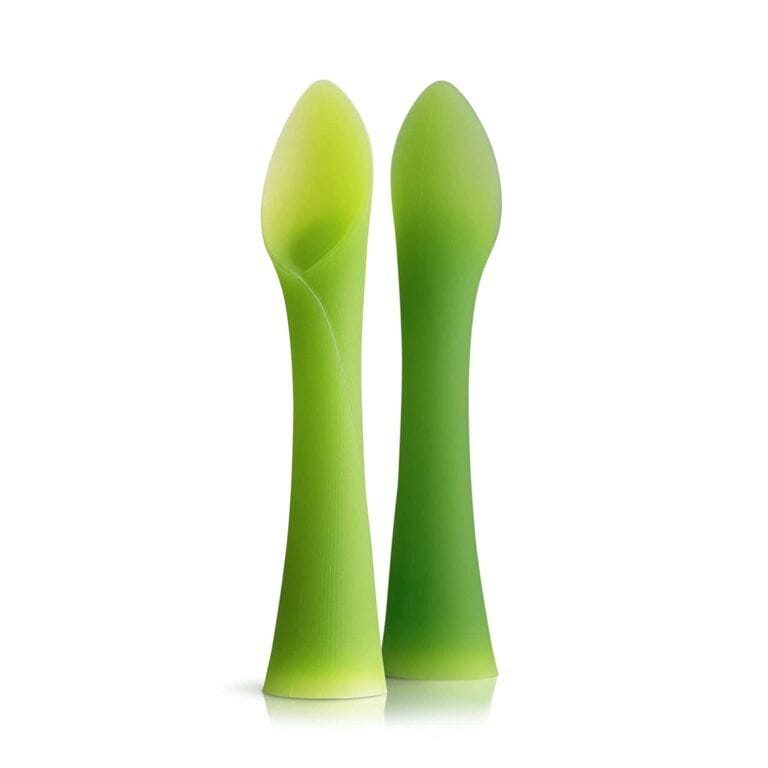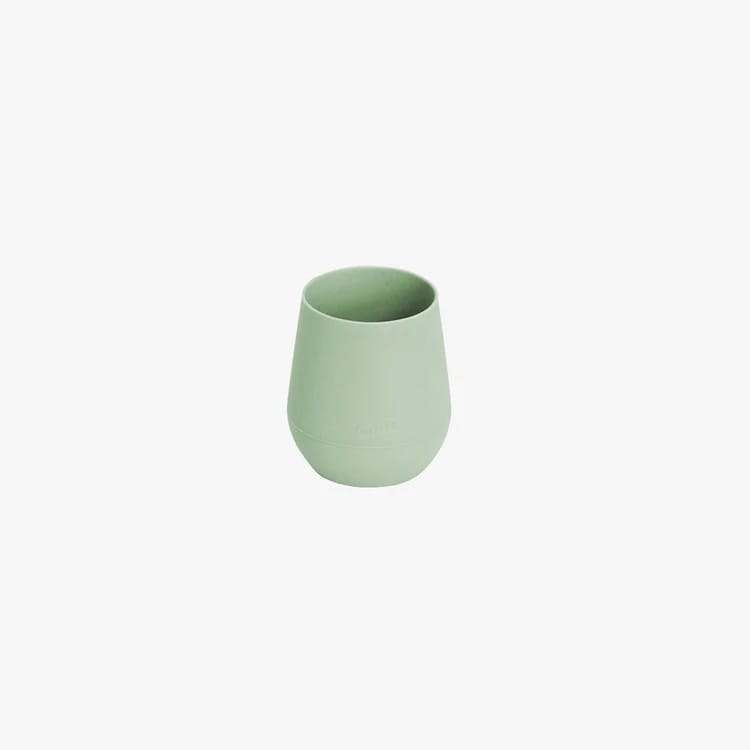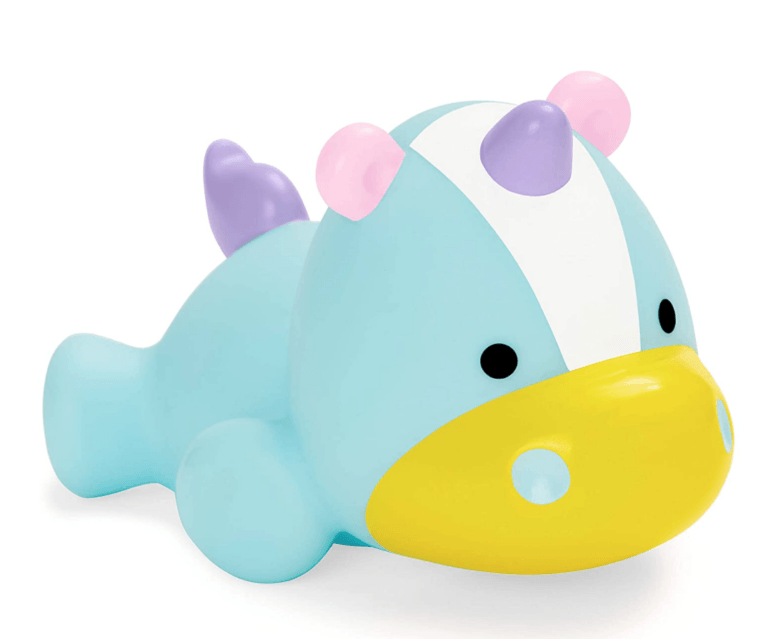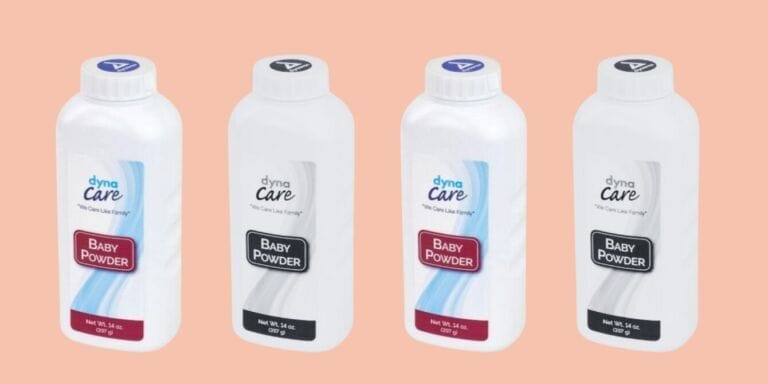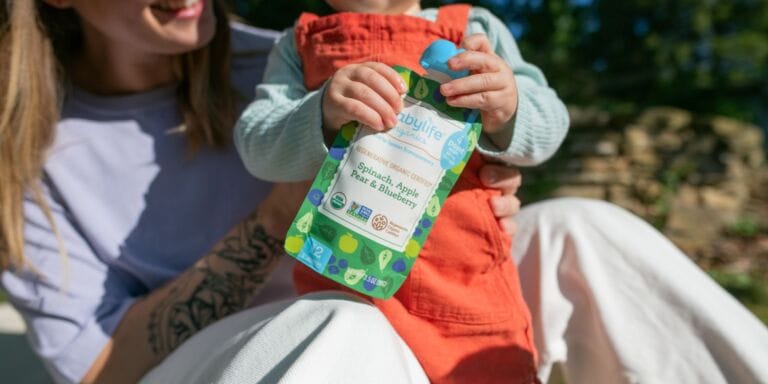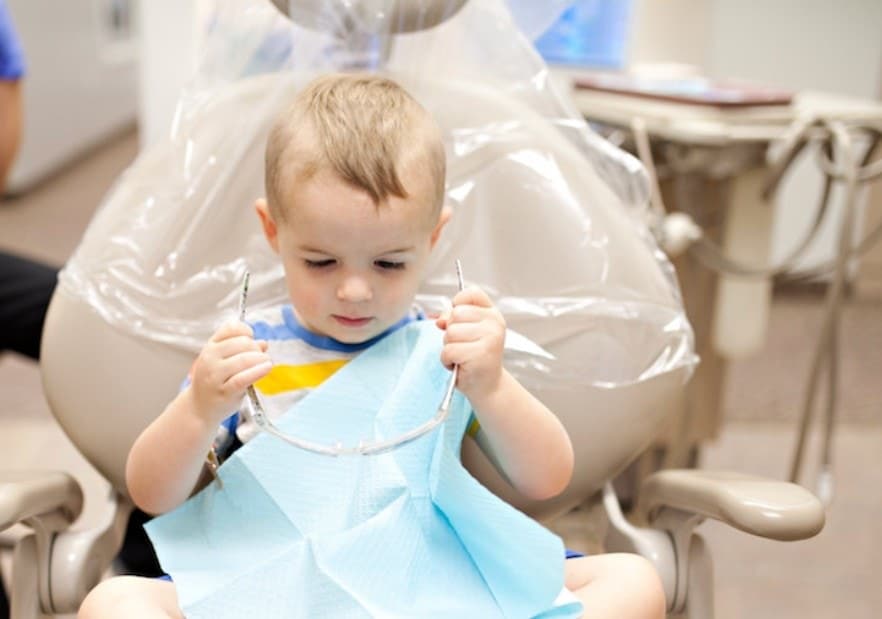10-month-old baby health & growth guide

Olena Yakobchuk/Shutterstock
This month, show baby that rest time is just as important as playtime.
We independently select and share the products we love—and may receive a commission if you choose to buy.
Table of Contents
With more of their personality emerging every day, your 10-month-old baby is quickly becoming their own person. It can be hard to believe they were a sleepy newborn mere months ago. And now, as you approach baby’s first birthday, it might feel like the days are busier than ever—it’s hard to keep an energetic 10-month-old entertained, fed and well-rested day in and day out. Working in periods of downtime (for both of you) during the day can be helpful—like reading, listening to soft music and just snuggling—and shows baby that rest time is just as important as playtime. Here’s what else to know about your baby’s health and growth this month.
Related: 10-month-old baby milestones
10-month-old baby nutrition
Are feedings getting more difficult? Your little one wants to take in the world around them at every possible moment, which means they can get distracted while breastfeeding or taking a bottle—it’s become old hat to them at this point! When you can, try to feed them in a darkened, quiet environment, away from potential distractions. That’s not always possible, we know, so you might need to get creative to keep them engaged. Try feeding while they’re in a baby carrier, while you walk and sway around the room, or while listening to an audio book or music.
Although solids are gaining more importance in their world, the nutrition they get from breast milk or formula is still essential to their growth and development at this stage.
Related: AAP recommends extended breastfeeding for at least two years—here’s how to make that happen
The AAP and La Leche League (LLL) recommend the following feeding timeline and amounts for 10-month-olds:
- Solids: Offered 2 times per day or at family mealtimes
- Breast milk: Up to 8 ounces every 4 to 5 hours
- Formula: 7 to 8 ounces every 5 to 6 hours
Your 10-month-old should be no stranger to solids. Here are the recommended serving sizes for an 10-month-old baby:
- Infant cereal (single grain) mixed with breast milk or formula: 5 to 8 tablespoons (optional)
- Fruits: 2 to 4 tablespoons
- Vegetables: 2 to 4 tablespoons
- Shredded meats, eggs, yogurt and soft-cooked plant-based proteins, such as lentils: 2 to 3 tablespoons
- Starches: ¼ to ½ cup simple carbs, such as pasta, mashed potatoes, bread
Read more: 10-month-old baby feeding schedule & expert advice
Self-feeding
At 10 months, your baby is working on mastering the pincer grasp, where they can hold things between their forefinger and thumb—and helps set the stage for holding a pencil down the line. They might be able to start feeding themselves small bits of food now, and it’s good to help them practice this burgeoning fine motor skill with pieces of dry cereal, peas, berries and other little bites they can easily grasp. Plus, self-feeding fosters independence. You can also set them up for success here with specially designed self-feeding spoons and sippy cups that let your tot do mealtime by themselves. They’re getting so big!
10-month-old baby weight
For babies up to 2 years of age, the Centers for Disease Control and Prevention (CDC) recommend using the World Health Organization (WHO) weight and length charts.
The WHO growth charts for babies 0 to 2 years are based on what is standard for a predominantly breastfed infant. According to the organization, the WHO charts reflect growth patterns among children who were predominantly breastfed for at least 4 months and were still breastfeeding at 12 months. The American Academy of Pediatrics (AAP) recommends continuing to breastfeed for at least two years, as long as it benefits both mother and baby.
How much does the average 10-month-old weigh?
By their first birthday, generally speaking, your baby should have tripled their birth weight. Though their weight gain rate has slowed down as compared to their first six months of life, they should still gain a few ounces this month.
According to the WHO:
- A 10-month-old baby boy in the 50th percentile weighs 20 pounds 3 ounces (9.2 kilograms)
- A 10-month-old baby girl in the 50th percentile weighs 18 pounds, 11 ounces (8.5 kilograms)
What factors contribute to a 10-month-old baby’s weight?
Your baby’s weight may be a factor of how much they’re eating, their assigned sex and their activity levels.
Assigned sex at birth: Male babies tend to be slightly heavier than female babies.
Daily food intake: The amount your baby takes in at each feeding plays may factor into their weight. Many babies are still breastfeeding or taking bottles of formula 4 to 6 times per day at 10 months.
Activity levels: Baby is working on bearing more weight in their legs this month in preparation for walking. Their activity levels may factor into their overall weight, as physical activity helps build strong muscles and bones.
Related: When will my baby start walking? Experts share there’s a wide range
10-month-old baby length
In month 10, you can expect your baby to grow about ½ inch to ¾ inch (1 to 2 centimeters) in length.
How long is the average 10-month-old?
According to the WHO:
- A 10-month-old baby boy in the 50th percentile is 28 ¾ inches long (73.3 cm)
- A 10-month-old baby girl in the 50th percentile is 28 inches long (71.5 cm)
What factors contribute to a 10-month-old baby’s length?
Yes, babies tend to resemble their parents in height, but their length each month also can be related to other factors, including physical activity, nutrition during pregnancy and after, sleep and overall health. All those gross motor skills they’re working on at this stage helps contribute to strong bones and muscles.
Related: Activities for a 10-month-old: Fostering baby’s development
Growth charts and percentiles
At each well-check, your child’s doctor has been carefully plotting their weight, length and head circumference on their growth chart, and tracking along your child’s unique growth curve to get an overall picture of their growth over time. Growth charts and percentiles can also be helpful in providing an example of how a baby’s growth may be compared to that of other babies who are the same age and sex.
If you got to see your baby’s growth chart at their 9-month well-check, you likely got their updated height and weight percentiles. Let’s say your baby’s weight is in the 80th percentile. That means that 20% of babies of the same age and sex weigh more, and 80% weigh less. But know that healthy babies can be in the 5th percentile or the 95th, AAP says—it’s all about your child’s own growth pattern staying somewhat consistent.


Growth spurts
Generally speaking, most babies don’t go through a big growth spurt at 10 months (the next one is likely coming around the 12-month mark). But of course, every baby is different, and if it feels like your baby is showing increased fussiness, having some sleep changes or is extra hungry, they could be going through a growth spurt (or teething!). Growth spurts tend to last a couple of days, but they could extend up to a week.
When should I worry about my baby’s growth?
At every well-check, your child’s pediatrician has been plotting data and checking the growth curve to look at the overall pattern. Try not to put too much stock in those percentiles, which can feel like you’re comparing your baby’s size to other babies’—all babies grow at their own pace.
What’s most important is whether your infant has stayed around the same percentile or if they’ve significantly jumped up or dropped down for some reason. If your doctor is worried about your 10-month-old baby’s development, they’ll let you know.
Remember that feeding, sleep and diaper output are all signs of your little one’s growth, too, as are the developmental milestones. If you have concerns about your baby’s feeding or sleeping habits, or if they’re not approaching their 10-month milestones, check in with the doctor.
10-month-old baby sleep
According to the American Academy of Sleep Medicine, babies under 1 should get 12 to 16 hours of sleep per 24 hours, which, for a 10-month-old, might look like 11 to 12 hours of night sleep and maybe 4 to 5 hours of nap time, divided into two naps.
What baby sleep looks like at 10 months:
- Your baby may be taking 2 naps per day
- Your baby may no longer be waking at night
- Your baby may be awake for 2.5 to 3.5 hours at a time
It’s smart to think about wake windows strategically during this stage, as your baby’s wake windows are stretching even longer. Ideally, the wake times during the earlier part of the day will be shorter (around 2.5 hours), while the last wake window of the day—the one that occurs right before bedtime—will be the longest (around 3.5 hours). This helps promote a regular sleep pattern and sets your baby up to sleep for a longer stretch at night. Getting your little one on a regular sleep schedule now can pay off in the long run—for both of you.
Read more: How much sleep does a 10-month-old baby need?
Diapering a 10-month-old
At 10 months, your baby may go through anywhere from 5 to 7 diapers a day, with at least one to two poops per day. If it feels like your 10-month-old is pooping a lot, keep an eye on their stool consistency. Is it especially runny or watery or streaked with mucus? It could be diarrhea.
You might want to see if you can pinpoint a cause—could it have been something they ate? Are they teething? (The excess saliva that comes along with teething can cause a baby’s poop to be extra runny.) It could also be related to a stomach bug, like norovirus or Shigella. If you’re concerned, reach out to your child’s pediatrician, as diarrhea can contribute to dehydration.
In contrast, if your 10-month-old’s poop is solid or pellet-like, it could be a sign of constipation. Check in with the pediatrician just to make sure.
Caring for a 10-month-old
Your baby’s next well-check won’t be until they’re 12 months old, so write down any non-urgent questions to bring up with the pediatrician then. Of course, if something is worrying you, they’re just a phone call away. Here’s what to know about baths, safety and care for your growing babe.
Baths
Does your 10-month-old suddenly hate baths? If overnight they’ve gone from a water-lover to screeching as soon as the tap turns on, you’re not alone. Turns out, a sudden aversion to baths is pretty common for babies around this age, and it’s likely due to a need for independence or control, or related to a sensory overstimulation or a past negative experience. There’s no one tip that’ll help your child be instantly pro-bath again, as every baby is different, but here are a few ideas on how to help them get their feet wet again.
How to help your child get over a fear of baths:
- Skip the tub baths for a bit in favor of a sponge bath or sink bath
- Rotate in some different toys: Kitchen measuring cups, wooden spoons or ladles can al be used to make a fun “bath soup”
- Hop in together. A mama-baby bath might be just the thing if your babe needs a little coaxing to get in the tub
- Work it into a ritual. Incorporating infant massage, soft music and lighting during the bath and a story right after
- Consider infant swim lessons. Your little might enjoy the experience of being in a big pool of water with you—and the hope is that it would reset her fear around the bathtub.
Rashes
Between eczema, diaper rash, heat rash, roseola or hand, foot and mouth disease, rashes can crop up seemingly out of nowhere—and may sometimes be related to a viral infection. Any type of red, bumpy, itchy or irritated skin on your baby should warrant closer inspection and a search for a possible cause.
In some cases, a rash may be situational, like with diaper rash or heat rash (occurring when the sweat gland pores of young babies become blocked and sweat can’t escape), or drool rash, which is a reaction to excess saliva (often seen when teething).
Eczema is a chronic condition which can flare up based on certain triggers, such as dry, cold air, but also sweating and overheating.
But viral rashes, such as roseola or hand, foot and mouth disease, may appear alongside other symptoms, like a cold or fever. If you notice a new rash on your child, or if your child gets a rash before, during or after a fever, reach out to their pediatrician for advice.
Separation anxiety
Separation anxiety in babies often peaks between 10 months and 18 months, and is a highly normal part of child development. It usually sets in once a child gains an understanding of object permanence, AAP states.
If your little one starts to protest when you walk away or leave the house without them, take care to give your baby some extra time to adjust to new places and use your words to reassure them you will return. “The leave-taking can be worse if your infant is hungry, tired or not feeling well,” AAP notes. They suggest keeping transitions short and routine. And yes, parents can have separation anxiety, too—it’s all normal, and gets easier with time.
A note from Motherly on self-care while caring for a 10-month-old
Your 10-month-old is becoming their own person, with their own thoughts, feelings and (surprisingly strong!) opinions. Coming up, there are lots of opportunities to offer support around managing big feelings and emotions—but don’t forget to check in with your own, too. If you’re finding that you don’t have an outlet or respite for yourself these days (it’s so tough with a baby on-the-go!), loop in your support system and carve out some moments just for you. Maybe that’s morning journaling with coffee or a solo walk or a night out with a friend. And if you feel like you’re struggling, just barely holding on until bedtime, reach out to your primary care provider to talk about more mental health support, whether that’s medication, therapy or a combination. Postpartum depression can set in anytime in the first year after birth—and resources are out there.
Look ahead: 11-month-old baby health & growth guide
Postpartum mental health resources
If you’re experiencing any postpartum mood symptoms, no matter how mild, know that help is available. Reach out to your healthcare provider about next steps and potential treatment options, such as more support at home, therapy or medication. If you’re in crisis, reach out to a crisis hotline or dial 988 or 911 for immediate support.
The phone numbers listed below are available 24/7 to help you with suicidal thoughts or other mental health crises.
- The National Maternal Mental Health Hotline: 1-833-TLC-MAMA (1-833-852-6262)
- Available in English and Spanish and in a completely confidential line.
- Postpartum Support International: 1-800-944-4773 (call or text)
- Available in English and Spanish
- National Crisis Text Line: Text HOME to 741741
- National Suicide Prevention Hotline: Call or text 988
- Available in English and Spanish
A version of this story was originally published on April 4, 2023. It has been updated.


